Introduction to the GE DS200TCCAG1BAA I/O TC2000 Analog Board The GE DS200TCCAG1BAA is a critical component of the TC2000 I/O Analog Board, designed to function seamlessly within the Mark V Series assembly. This printed circuit board (PCB) is engineered to support a variety of hardware components and specifications, making it a versatile and reliable choice for industrial automation systems. Whether you're a technician, engineer, or simply someone interested in industrial hardware, understanding the features and functionality of this board can provide valuable insights into its role in modern automation. Key Features of the DS200TCCAG1BAA Board The DS200TCCAG1BAA board boasts several notable features that enhance its performance and usability. At its core is an 80196 microprocessor, which serves as the brain of the board, processing instructions and managing operations. Additionally, the board includes multiple programmable read-only memory (PROM) modules, which store essential firmware and instructions for the microprocessor and programmable logic device. These PROMs can be erased and reprogrammed, allowing for updates and customization as needed. The board also features one LED, visible from the side, which provides status indications for easy monitoring. Furthermore, it includes two 50-pin connectors, labeled JCC and JDD, which facilitate communication and data transfer within the system. These connectors are designed to work with specific Mark V Series products and transmit designated signals, ensuring compatibility and efficiency. The Role of PROM Modules in the DS200TCCAG1BAA Board The programmable read-only memory (PROM) modules on the DS200TCCAG1BAA board play a crucial role in its operation. These modules store firmware and instructions that guide the microprocessor and programmable logic device. The ability to erase and reprogram the PROMs makes the board adaptable to changing requirements and technological advancements. This flexibility is particularly valuable in industrial settings, where systems often need to be updated or reconfigured to meet new demands. Connectors and Their Functions The DS200TCCAG1BAA board is equipped with two 50-pin connectors, JCC and JDD, each serving a specific purpose. These connectors are named based on their factory-printed labels, compatibility with Mark V Series products, and the signals they transmit. Their design ensures seamless integration with other components in the Mark V Series assembly, enabling efficient data transfer and communication. It’s worth noting that the board also includes a JEE connector, which is considered a vestigial structure. This connector is not intended for use during normal operation and remains unaccessed in the board's standard functionality. Its presence is a remnant of earlier designs, highlighting the board's evolution over time. Applications of the DS200TCCAG1BAA Board in Industrial Automation The GE DS200TCCAG1BAA I/O TC2000 Analog Board is widely used in industrial...
Read More
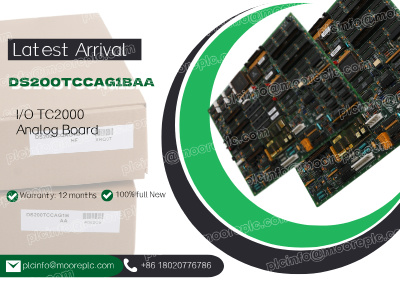

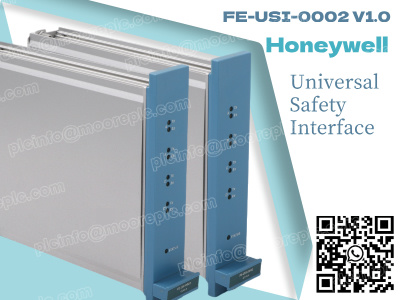
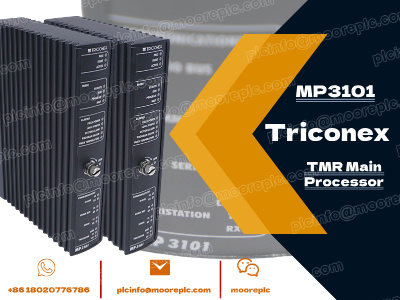
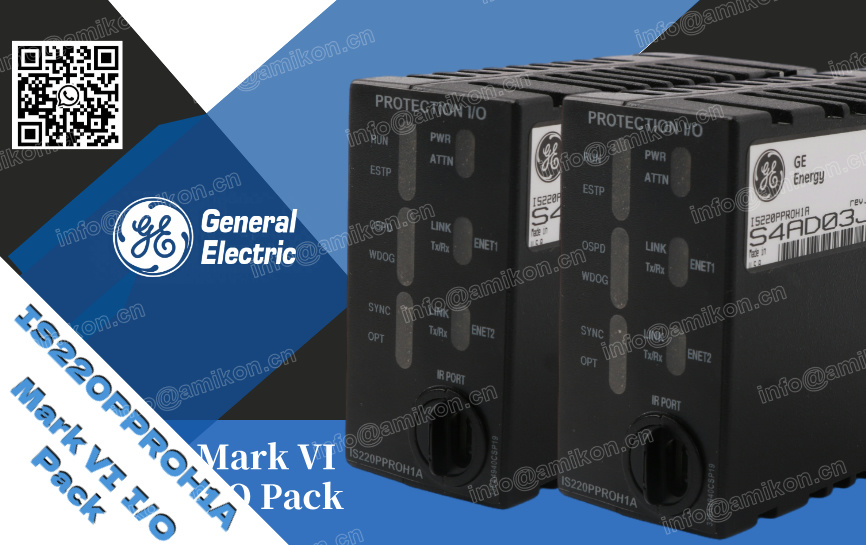
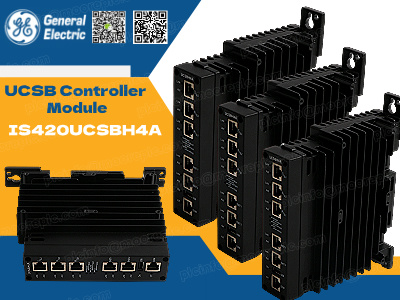
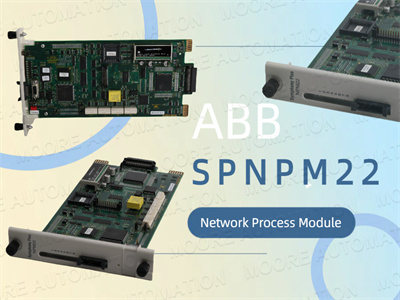
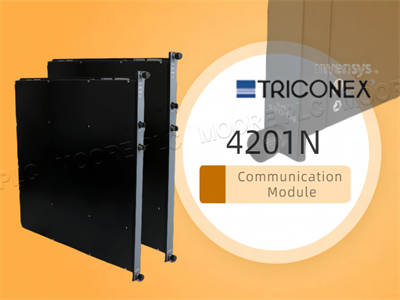
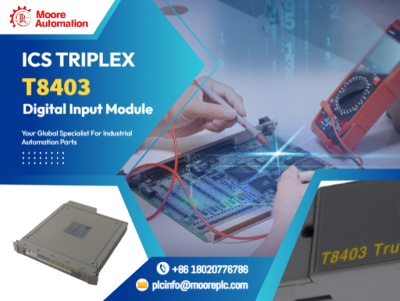

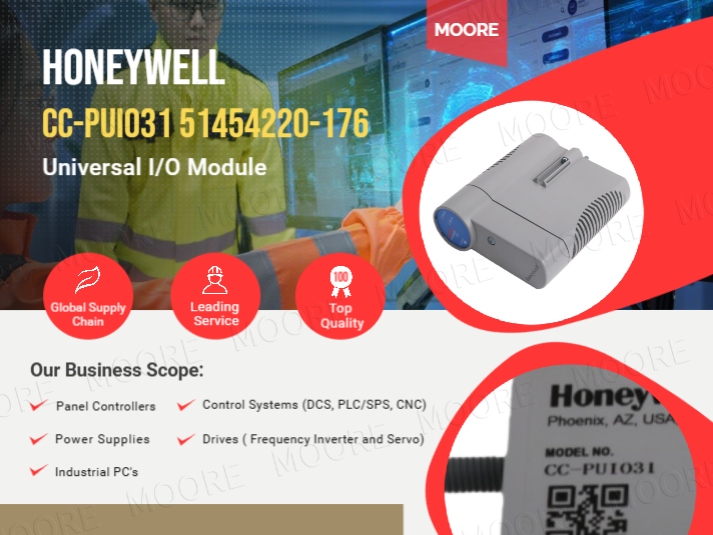
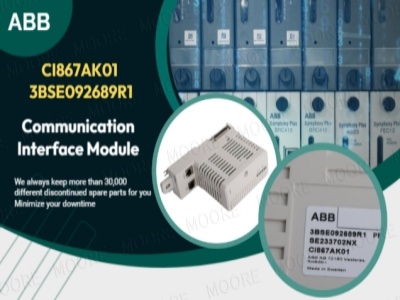












 IPv6 network supported
IPv6 network supported